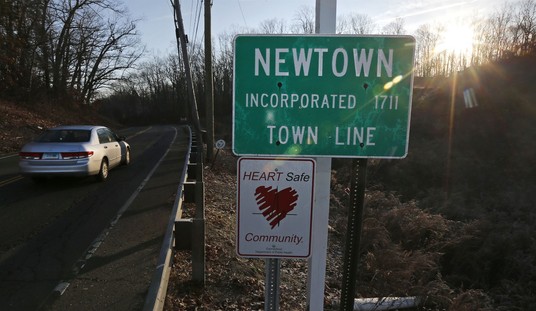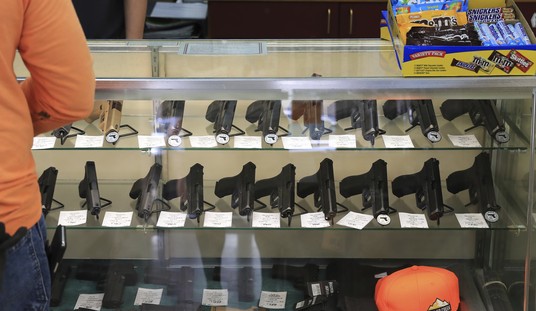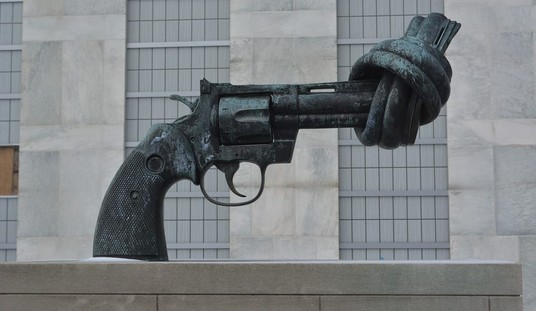As I do not believe in posting articles every week if I lack a meaningful topic, I asked the members of my mailing list for suggestions. Montana instructor (and author of the Montana Firearms Freedom Act) Gary Marbut replied:
I am pretty autocratic about muzzle direction. Because of that, I recommend to my students that they avoid shoulder holsters unless to meet a very specific need. I have trouble imagining how a person can draw a loaded gun (ALL guns are loaded) from a shoulder holster without sweeping important body parts with the muzzle. Yes, perhaps it can be done, with some planned gyrations, and with some holsters. But, the usual outcome of a draw from a shoulder holster is sweeping…
Back in the late 1990’s, I was contacted by a detective on the Norman (OK) PD. He had contacted numerous instructors with websites with a question: He and his colleagues favored shoulder holsters (a preference that I do not share) for plainclothes work. Their department firearms instructor had become concerned with the safety of using a shoulder holster on the range and had told them that, if they could not come up with a safe way to do so on the range, they’d no longer be able to use them on the street. Did I know a safe technique?
Early in my teaching career, I had seen an instructor place right-handed students who insisted on using shoulder holsters at the left end of the firing line, then extend the left arm horizontally and “gyrate” the left foot forward during the draw stroke. More recently, I had learned the concept of the safety circle from Clive Shepherd, during his days teaching for NRA’s Law Enforcement Activities Division. That was what I suggested to what proved to be a very grateful group of detectives in Norman.

As I describe it in my book:
This concept assumes that the ground is a safe direction. This is true most of the time but I do know of three [now more] separate incidents in which one person was critically injured and two were killed when shots were fired through upper floors of buildings into apartments or rooms below. In any case, envision yourself standing in the open area of a large tire lying on the ground; the tire proper is your safety circle. When drawing the handgun from a shoulder holster, a cross-draw holster or a fanny pack, index the muzzle on the safety circle as the gun clears the holster and follow the circle until you can safely raise it to engage your selected target. The same principle can be applied when you have to engage an additional threat you have detected at an angle that would require you to cross innocent parties if you simply swung the muzzle around or if conditions preclude pivoting your stance for your initial draw. One example of this could be if you are seated. Further, this principle also allows you to move about safely with an unholstered handgun or an unslung long gun.
I make no claim that an operator who does not seriously ingrain the use of the safety circle will, in fact, draw that way under stress. After all, it does add a bit of time to the draw stroke, if you insist on using a carry system that requires it. That is why such carry systems are not my first choices. However, quoting again:
My preferred way to use the safety circle when moving with a handgun is what I call the navel position. To get there, simply start in the protected-gun position and slide the base of your gun hand along the body until your thumb is in front of your navel. This is one time where you actually want to relax the wrist, letting the muzzle point lower. The muzzle should point about 12 to 18 inches ahead of you, on the line that runs between your legs. This will allow you to walk without crossing your own feet and legs and allow you to safely approach within an arm’s length of friendly parties. If you encounter a threat you can either pull back to the protected-gun position if the distance is close or thrust the gun forward to your sighting plane if the distance is appropriate.


Some who read my earlier posting “For What Do You Train?” will recognize this as a one-handed version of what is more commonly taught as “position sul.” I eschew the two-handed version as I feel that it traps a perfectly good hand – perhaps need to deflect a blow, operate a flashlight, open a door, etc. – behind the downward-facing gun.
Oh yeah, for those who may not be full-fledged members of the choir… Rule Two (as I prefer to word it) states: Don’t let the muzzle of the gun cross anything you’re not prepared to shoot.
All illustrations copyright 2005, 2010 by Defensive Use of Firearms, LLC








Join the conversation as a VIP Member